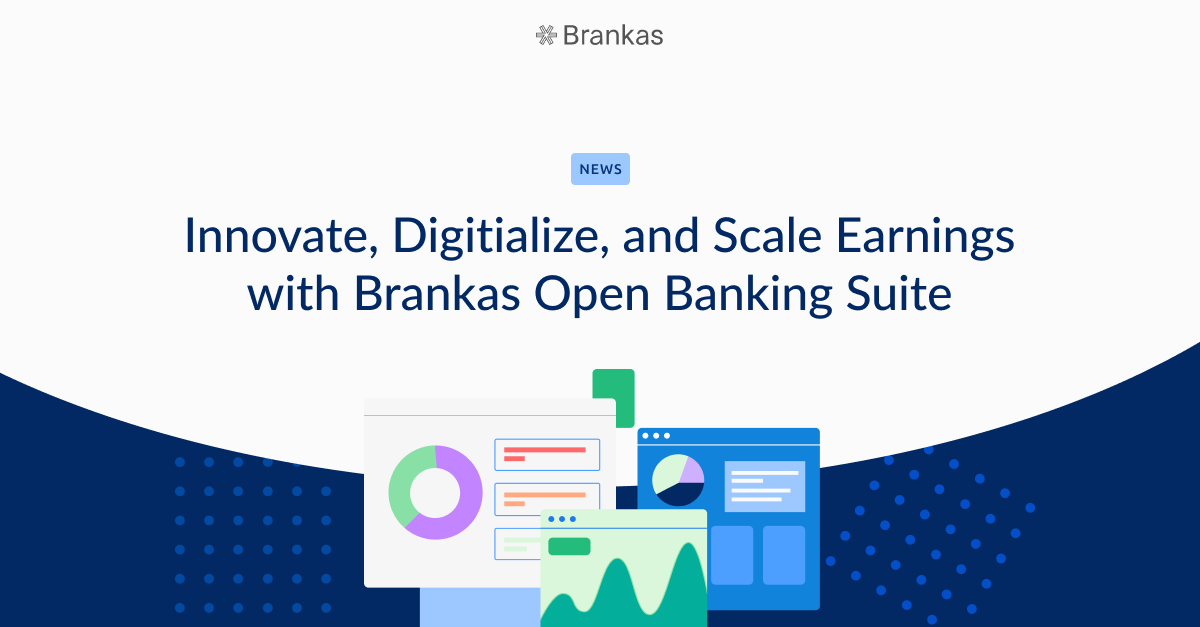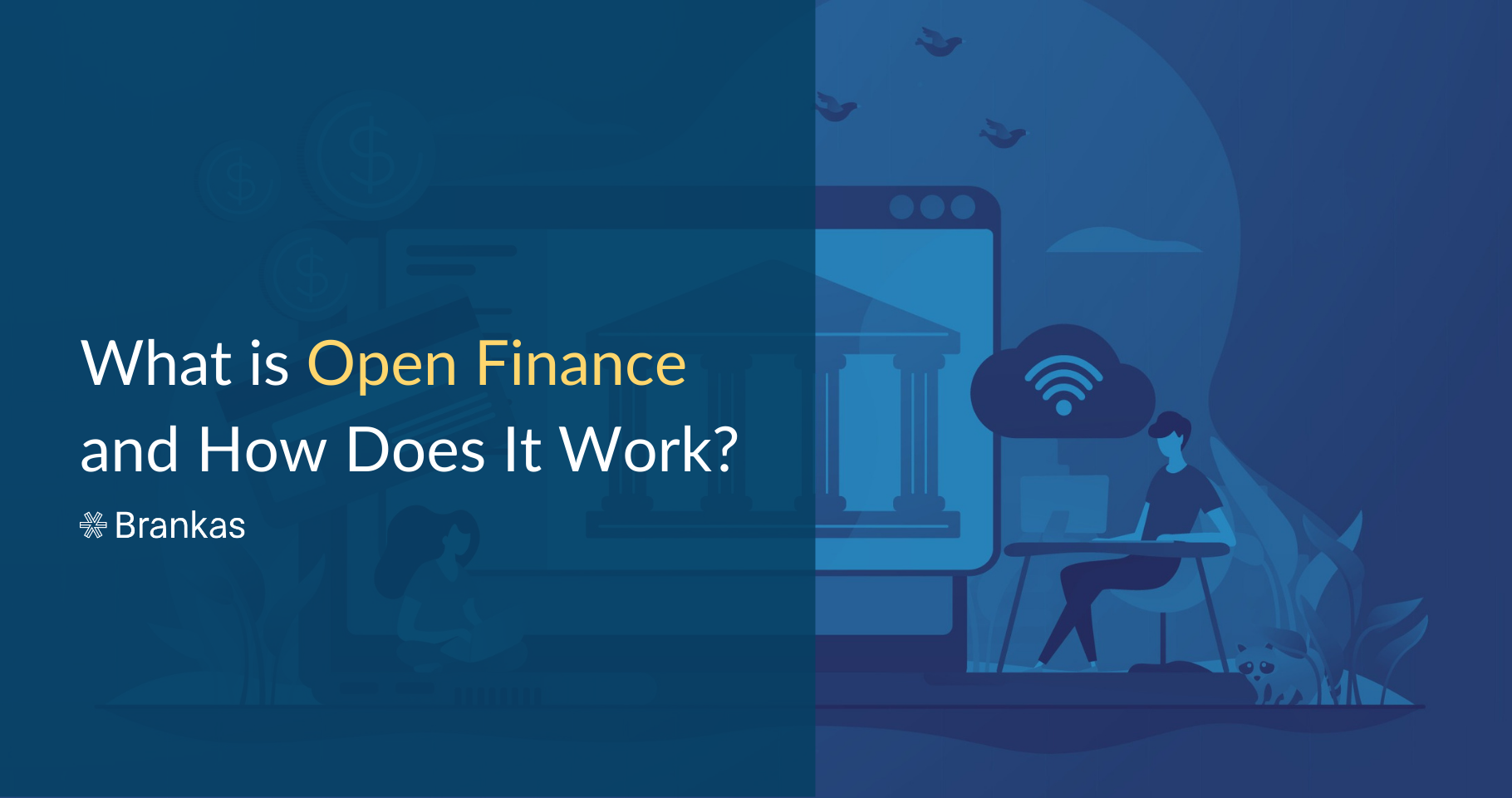Like most sectors, the finance industry is seeing increased demand for digitalization to improve the customer experience. A 2021 study found that banking customers now prefer personalized and digitally-driven services. They value text alerts, opportunities to transact more efficiently, and the ability to track multiple accounts using a single dashboard.
For this reason, many banks and other financial institutions now use different technologies such as artificial intelligence (AI), cloud computing, bank-as-a-service, and smart contracts to serve customers in real-time, process transactions faster, and mitigate or avoid risks.
One other innovation that’s revolutionizing the finance industry is open finance. If you have yet to adopt this framework, this article will discuss everything you need to know about open finance, including its benefits.
What is Open Finance?
Open finance is a data-sharing system that connects banks and third-party finance companies to make financial products and services more convenient and accessible for consumers.
For this system to work, financial institutions use application programming interfaces (APIs) to access customers' financial information, ranging from insurance policies to pension funds and utility bills.
How Does It Work?
Before open finance, banks and financial institutions accessed customer data through open banking. It allows regulated third parties to use APIs to build tools that gather and refine financial data from traditional banking. When done right, open banking makes financial products and services safer, more accessible, and personalized.
Open finance is the extension of open banking. Like open banking, open finance applies the same general process to other financial services such as mortgages, savings, pensions, and insurance—basically your entire financial footprint. Thanks to open finance, consumers can better control and more readily access their finances.
As financial technologies improve and banking customers demand better products and services, financial institutions are now stepping up from open banking to open finance to accommodate a broader range of customer needs quickly and efficiently.
4 Benefits of Open Finance
Open finance doesn’t solely serve banks but also benefits utility companies, mortgage lenders, pension funds, and e-commerce businesses. Here are several benefits of open finance.
-
Access to more services
Open finance allows banks, financial institutions, and other businesses to offer more services for customers. For instance, this innovation enables e-commerce businesses to strengthen their security systems, offer more flexible checkout options, and enhance customers' overall shopping experience.
Governments can also largely benefit from open finance by offering improved tax and other assessment services through open finance APIs.
-
Personalized products and services
Open finance allows banks and financial institutions to develop more artificial technology or AI-enabled products and services, give customized and targeted recommendations, and simplify payment or financing solutions for individuals and businesses.
Personalized financial products and services can help consumers support their unique needs and lifestyles. For instance, open finance APIs can help banks access a loyal customer’s credit history and record and decide what type of credit card suits them.
Ultimately, these personalized products and services can give financial institutions a competitive edge.
-
Faster and safer transactions
Open finance enables bank-to-bank transactions. This system takes intermediaries out of the equation, allowing consumers to save on additional banking fees while financial institutions access customer data faster.
When it comes to credit and loans, open finance helps lenders assess borrowers faster. It helps them access and evaluate borrowers' credit history, spending behaviors, and other indicators of financial health that help streamline the process for both parties.
Open finance also makes online shopping more convenient. For instance, e-commerce businesses can adopt open finance APIs to allow their customers to make direct bank transfers or debit card payments. Once their bank processes the transaction online, it will direct the payment to the e-commerce business’s account.
-
More freedom and control for consumers
With data privacy becoming more important than ever, open finance allows financial institutions to be more transparent with how they use customer data. Consumers can then control where and how they want companies to use their data and choose the products and services that support their needs.
With more freedom and control, consumers can understand their financial options better, manage their expenses, savings, and investments, and enjoy faster transactions.
Welcome to the Age of Open Finance
In today’s fast-paced world, it’s only fitting for the finance industry and other business players to embrace technology and innovation to keep up and meet consumer demands. With open finance, it’s now easier for financial service providers to personalize their products and services and for individuals to achieve financial security.
Look no further than Brankas if you want to integrate open finance into your system and reap its many benefits. Contact us to start learning about the latest innovations in the finance industry.


